Beauty
Find Your Fit: How to Choose the Right Foundation for Your Skin Type
If you click on links we provide, we may receive compensation.
There’s nothing more frustrating than spending time (and money) on a foundation that looks great in the bottle but goes cakey, greasy, flaky – or just plain wrong – on your face. The truth is, foundation isn’t one-size-fits-all. And your skin type plays a huge role in whether it works for you or against you.
If you’ve ever felt overwhelmed by the wall of options at Sephora or scrolled endlessly through online reviews that contradict each other, you’re not alone. But this doesn’t have to be guesswork. With a few key insights into your skin and what different formulas offer, you can find the foundation that actually makes your skin look better, not worse.
Here’s how it works.
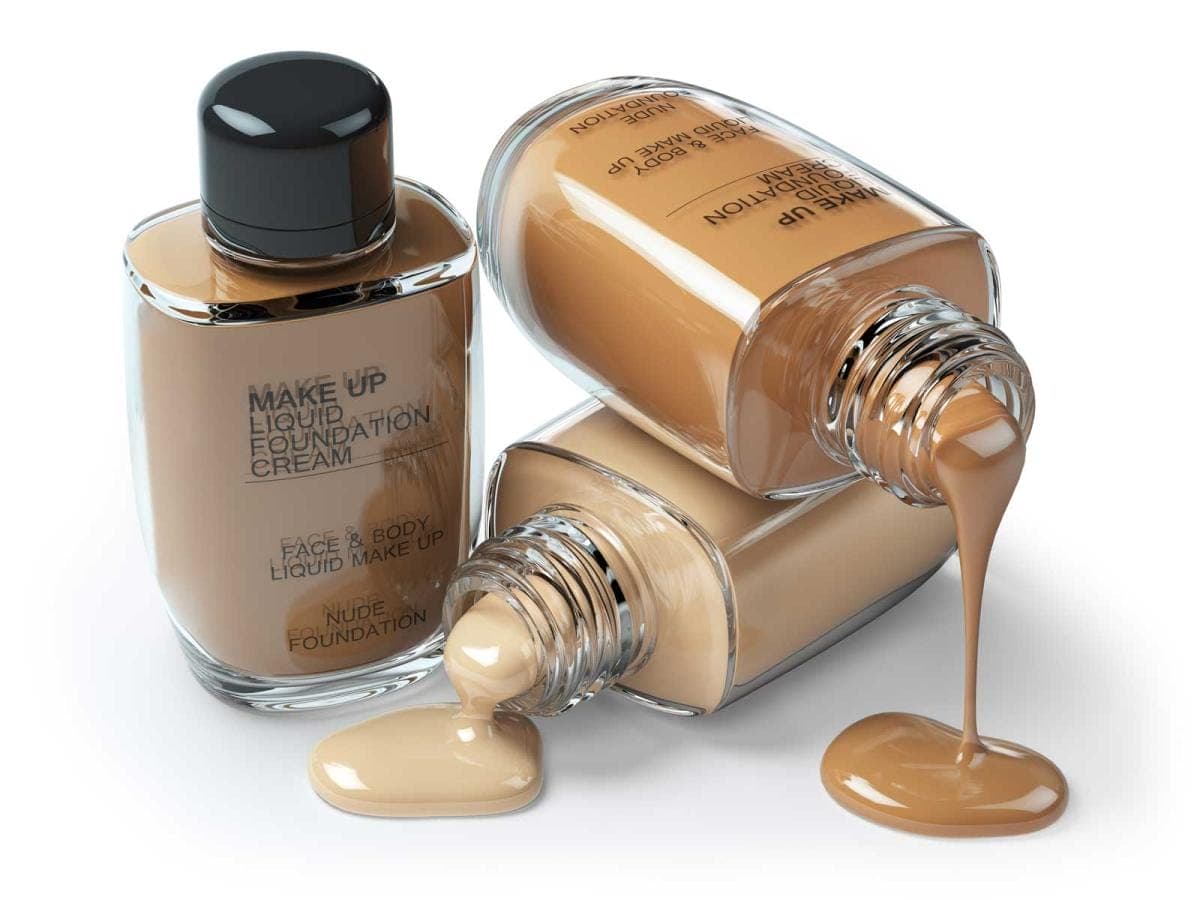
Know Your Skin Type First
Before you pick a foundation, you need to know what you’re working with. Skip this step and everything else becomes a gamble.
There are five basic skin types:
- Oily: Your skin gets shiny quickly, especially around the T-zone. Pores are visible and you might deal with breakouts.
- Dry: Your skin feels tight, rough, or flaky. It may look dull or have dry patches.
- Combination: Your T-zone (forehead, nose, chin) is oily, but your cheeks are dry or normal.
- Normal: You don’t notice dryness or excess oil. Your skin feels balanced.
- Sensitive: Your skin reacts easily to products, temperature, or stress – often with redness, stinging, or irritation.
Figure out which category you fall into before shopping. A product that’s perfect for oily skin will likely make dry skin look even more parched.
Foundation Formulas Explained
Not all foundations are created equal. Beyond just picking a “shade match,” the finish and formula need to match your skin’s needs.
For Oily Skin: Stick to oil-free, matte-finish formulas. Look for terms like “long-wear,” “shine control,” or “powder foundation.” Liquid-to-powder hybrids also help absorb oil throughout the day. Ingredients like salicylic acid or niacinamide can help keep pores clear.
For Dry Skin: Hydration is key. Opt for cream or liquid foundations with a dewy or satin finish. Ingredients like hyaluronic acid or squalane help maintain moisture. Avoid powders – they can cling to dry patches.
For Combination Skin: You’ll need balance. A semi-matte liquid foundation often works best. You might also use two formulas – one for the oily T-zone and another for dry areas. Or just spot-powder when needed.
For Normal Skin: Lucky you. Most formulas will work fine, so focus on the finish you prefer – matte, natural, or radiant.
For Sensitive Skin: Keep it simple. Choose fragrance-free, hypoallergenic foundations. Mineral foundations are often a safe bet. Avoid alcohol-based or high-fragrance products.
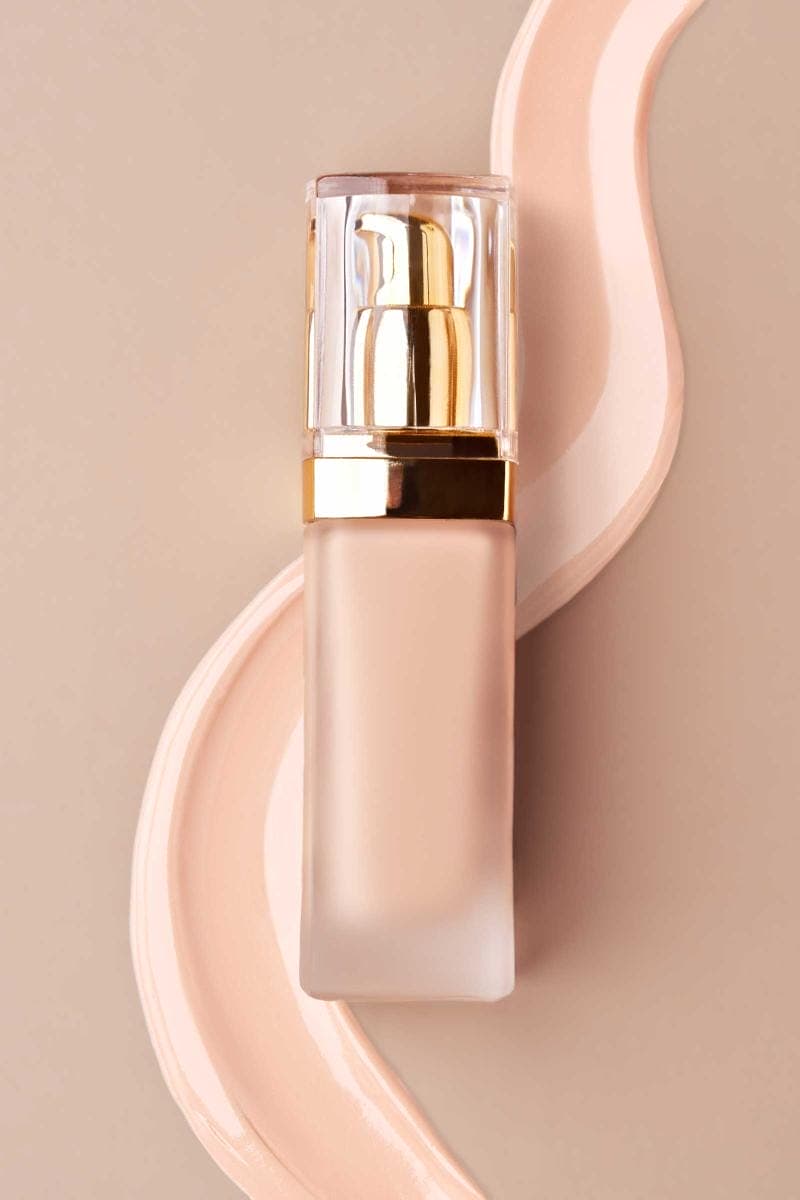
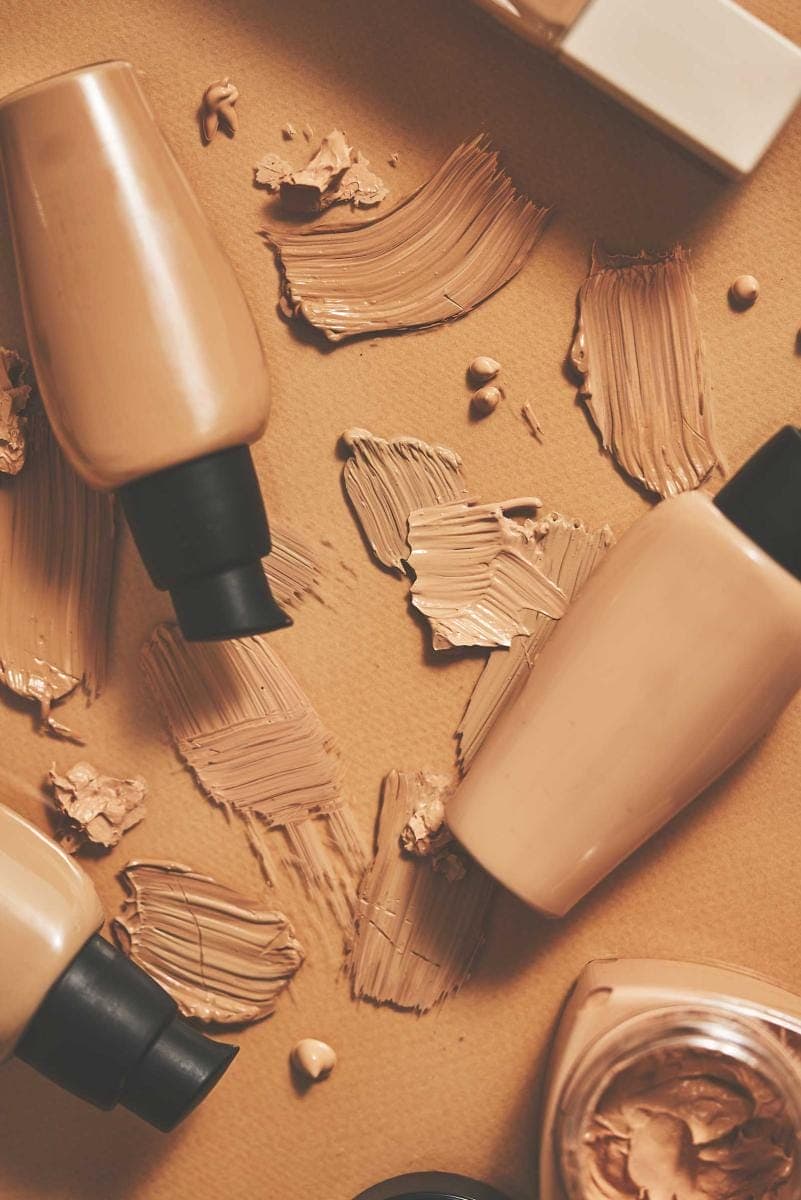
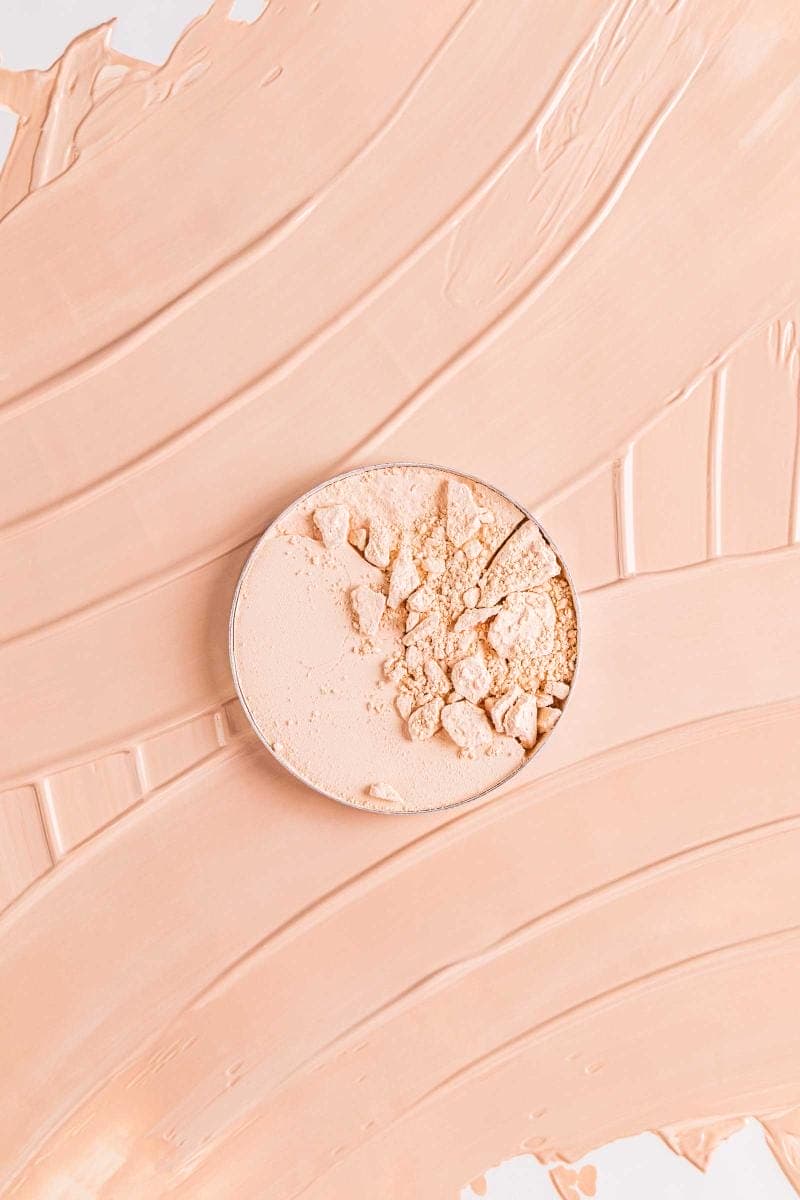
Choose Your Coverage Wisely
Coverage refers to how much pigment is in the foundation. It’s not just about preference – it can also affect how your skin feels and looks.
- Light coverage gives a natural finish and feels breathable. Great for skin that doesn’t need much correction or for those who prefer a bare-skin look.
- Medium coverage can even out redness and mild discoloration while still looking natural.
- Full coverage hides everything from acne to dark spots to uneven texture – but it can feel heavy if not done right.
If your skin is very textured or acne-prone, a lightweight buildable formula often works better than a thick full-coverage option.
Don’t Ignore the Finish
Finish can make or break the final look. It’s how the foundation reflects light – matte means no shine, dewy gives a glow, and natural (or satin) lands somewhere in between.
If you have:
- Oily skin: Matte finish helps control shine.
- Dry skin: Dewy or radiant finish adds hydration and softness.
- Combination skin: A natural or soft-matte finish is a safe bet.
And keep in mind: lighting matters. A dewy finish can look fresh in daylight but overly shiny in flash photos.
Tools Matter Too
The way you apply your foundation affects both how it looks and how it behaves throughout the day.
- Brushes give medium to full coverage with a more polished finish.
- Sponges (like Beautyblenders) help create a natural, seamless look. Dampen before using for best results.
- Fingers work fine for light coverage, especially with tinted moisturizers or BB creams.
For oily skin, a damp sponge can help press product in without adding too much. For dry skin, fingers or a flat brush can blend while warming the formula slightly for smoother application.

Test the Right Way
Color matching isn’t just about swiping on your hand. Your hands are usually a different tone than your face and neck.
Here’s what to do instead:
- Test on your jawline, not your wrist or hand.
- Check in natural light – not just under fluorescent store lighting.
- Let it sit for 5–10 minutes to see if it oxidizes (gets darker).
A great match should disappear into your skin. If it looks like makeup, it’s probably not the right tone.
Also, know your undertone: cool (pink), warm (yellow/golden), or neutral (a balance of both). Most brands categorize their shades accordingly.
Ingredients to Watch
Some foundations include skincare ingredients that can either help or hurt, depending on your skin.
If you’re oily or acne-prone, avoid comedogenic ingredients like isopropyl myristate or heavy oils. Look instead for mattifying or clarifying ingredients.
If you’re dry or mature, look for hydrating ingredients like glycerin, hyaluronic acid, or squalane.
If you’re sensitive, fewer ingredients is usually better. Avoid anything with added fragrance or alcohol.
Try Before You Commit
Foundation is often a “wear test” product. What looks good at 9 AM might be a mess by 2 PM.
If you can, get a sample. Many retailers like Sephora or Ulta offer them. Try wearing it for a full day before deciding. Note how it wears over time: does it separate, fade, get greasy, or dry you out?
And keep an eye on how your skin feels. Even if it looks good, if it causes breakouts or irritation, it’s not the right choice.
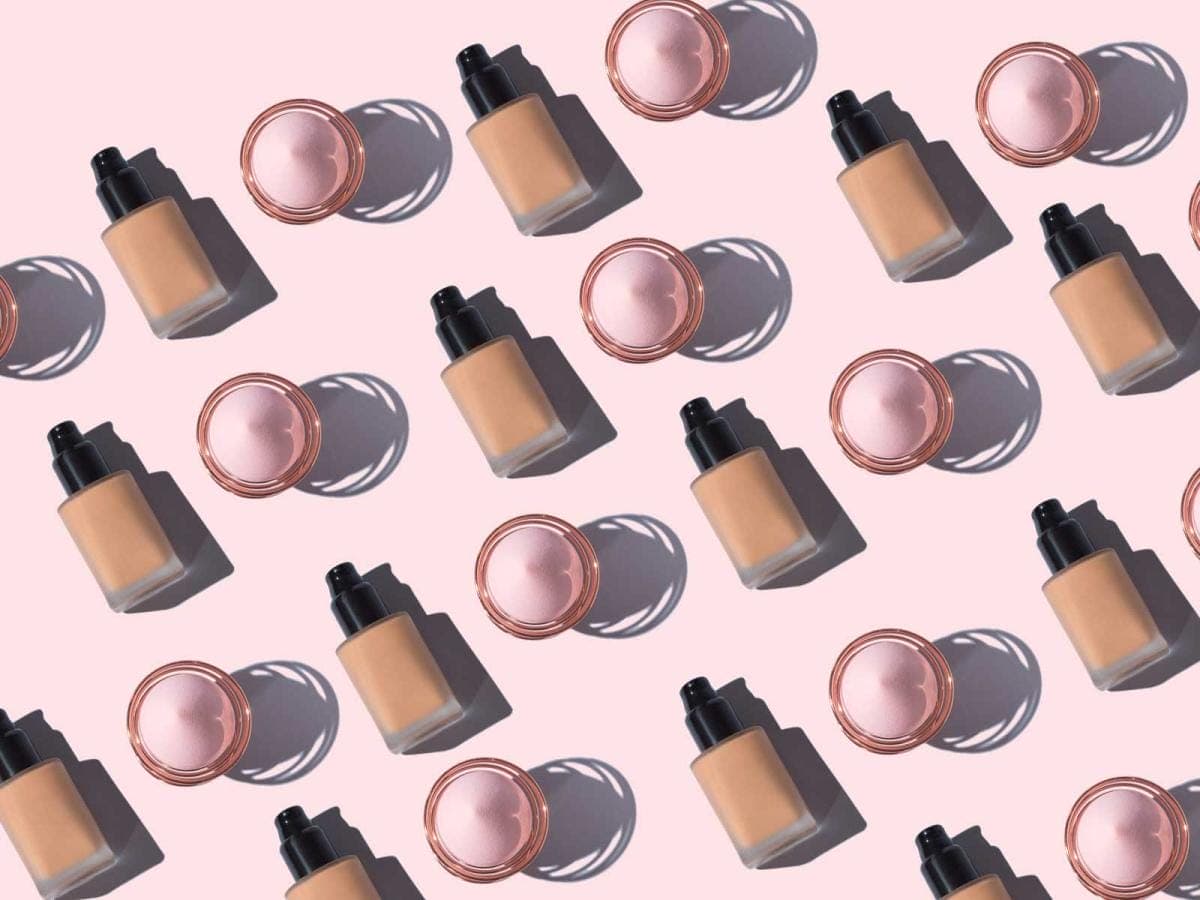
FAQs
Can I wear the same foundation all year?
Maybe, but probably not. Your skin changes with the seasons. You might need a more hydrating formula in winter and a more oil-controlling one in summer.
What if my skin type changes?
That’s normal. Hormones, diet, stress, and age all affect your skin. Reevaluate your foundation every 6 to 12 months.
Should I use a primer?
Depends. Primers can help smooth texture, reduce shine, or increase longevity – but they’re not always necessary. For oily skin, a mattifying primer can help. For dry skin, hydrating primers create a smoother base.
How do I know if it’s breaking me out?
If you notice new pimples, clogged pores, or irritation within 24–48 hours of using a new foundation, it may be the culprit. Stop use and see if your skin improves.
Is mineral foundation better for sensitive skin?
Often yes. Mineral foundations typically have fewer irritants and a shorter ingredient list. They’re also breathable and non-comedogenic.




